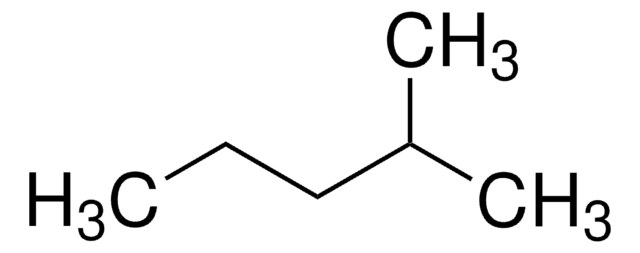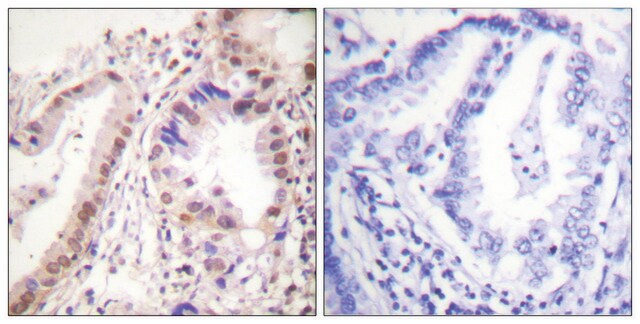M32631
2-Methylbutane
ReagentPlus®, ≥99%
Synonym(s):
Isopentane
About This Item
Recommended Products
vapor density
2.6 (vs air)
Quality Level
vapor pressure
11.17 psi ( 20 °C)
product line
ReagentPlus®
assay
≥99%
form
liquid
autoignition temp.
788 °F
expl. lim.
8.3 %
refractive index
n20/D 1.354 (lit.)
bp
30 °C (lit.)
mp
-160 °C
density
0.62 g/mL at 25 °C (lit.)
storage temp.
2-8°C
SMILES string
CCC(C)C
InChI
1S/C5H12/c1-4-5(2)3/h5H,4H2,1-3H3
Inchi Key
QWTDNUCVQCZILF-UHFFFAOYSA-N
Looking for similar products? Visit Product Comparison Guide
Related Categories
General description
Application
- A reactant to synthesize isoprene by a two-stage dehydrogenation process using chromia-alumina catalyst.
- A weakly polar solvent to study the intramolecular charge transfer (ICT) effect and the solvatochromic behavior of the pyrene substituted 1,3,4-oxadiazole derivatives.
Other Notes
Legal Information
signalword
Danger
hcodes
Hazard Classifications
Aquatic Chronic 2 - Asp. Tox. 1 - Flam. Liq. 1 - STOT SE 3
target_organs
Central nervous system
supp_hazards
Storage Class
3 - Flammable liquids
wgk_germany
WGK 2
flash_point_f
-59.8 °F - closed cup
flash_point_c
-51 °C - closed cup
Certificates of Analysis (COA)
Search for Certificates of Analysis (COA) by entering the products Lot/Batch Number. Lot and Batch Numbers can be found on a product’s label following the words ‘Lot’ or ‘Batch’.
Already Own This Product?
Find documentation for the products that you have recently purchased in the Document Library.
Customers Also Viewed
Our team of scientists has experience in all areas of research including Life Science, Material Science, Chemical Synthesis, Chromatography, Analytical and many others.
Contact Technical Service















